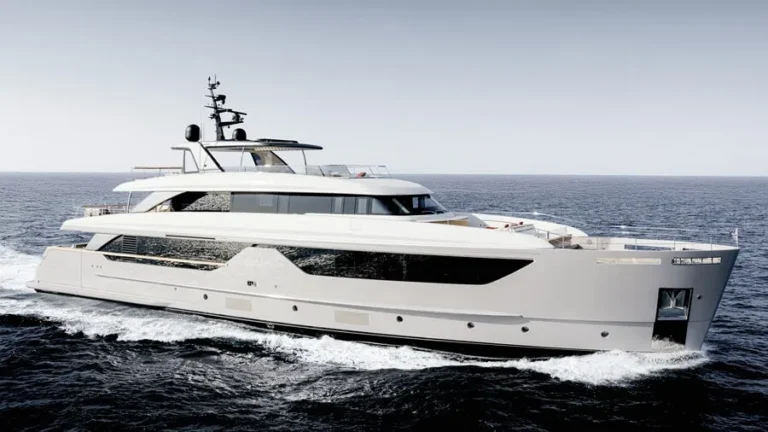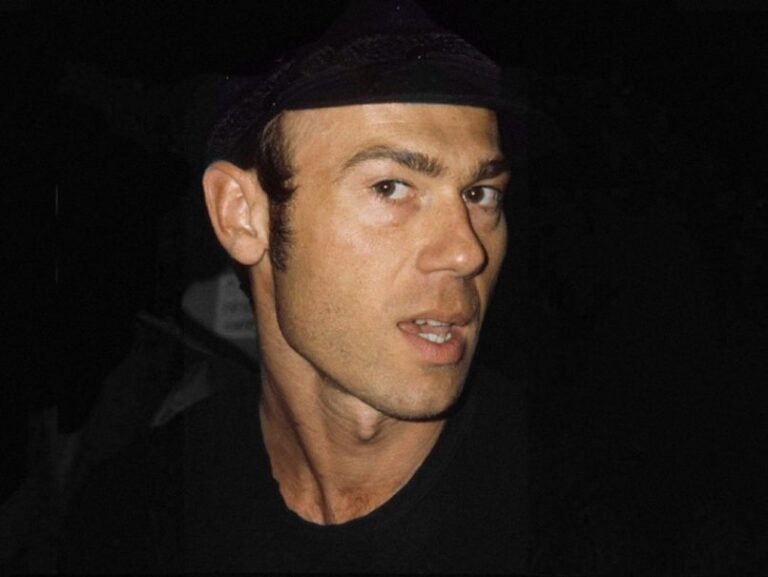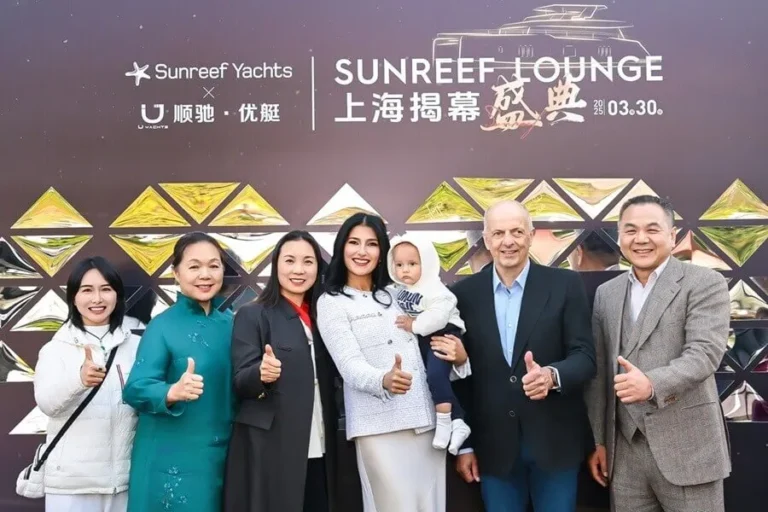Yunzhu Jin on the Superyacht Scene in Asia

Yunzhu Jin is Asia Director for Damen Yachting, the first Chinese national to work for the company, and has been responsible for superyacht sales in Asia since 2015. Before that she worked for Damen Shipbuilding as Greater China Manager, focused on commercial vessel sales, from 2006-2015. Yunzhu received a Master’s degree with distinction in the Netherlands and completed an internship at Damen Naval Shipyard in 2005.
Damen Yachting vessels, including the Amels marque, have become leading brands in Indo-Asia-Pacific waters. Why?
We have four principal superyacht lines. All are especially suitable for cruising and chartering in the extensive Indo-Asia-Pacific region. Amels Custom superyachts such as 77m Boadicea and 74m Ilona, both for Australian owners, were built in a huge shed at Makkumin Friesland, after the modern superyacht era got seriously under way in the late 1980s and 1990s.
The shed stood out in a landscape better known for its cows. Other 50m-plus Amels Custom motoryachts were constructed at Makkum, some like Tigre D’Or with Australian captains and crews. The legendary Australian stylist, the late Jon Bannenberg, designed Boadicea and the 78m Amels Custom Montkaj for a Middle East owner.
Damen Shipyards, an enormous global conglomerate, bought Amels in 1991. Build activity began moving to Vlissingen near the Dutch-Belgian border in 2003, and Ilona was later extended there to 82m to accommodate a helipad. Amels Custom builds have continued apace since, and the Espen Øino-designed 120m Project Tanzanite is scheduled to be delivered at Vlissingen this year.

In 2005 Amels Limited Editions were introduced at Monaco Yacht Show. Designed by Briton Tim Heywood and with interiors by Laura Sessa, they quickly became the most successful superyacht builds ever.
The first Limited Editions, a 171ft or 52m vessel called Deniki, was delivered in 2007, and she recently completed a lengthy period cruising and chartering in Indo-Asia-Pacific waters for her original owner. Then followed a wide range of Limited Editions models ranging from 177ft to 272ft.
The 180 or 55m model was enormously popular, with 25 purchased, and Heywood, using some deft design touches, managed to make each of them look somewhat unique. The basic concept was simple. The tried-and-tested naval architecture and complex internal systems of superyachts can be built in two years.
So, Damen Shipping, with annual revenue of about €2.5 billion, could afford to finance such construction, allowing buyers to come in at the custom outfitting stages, and we offered two-year deliveries instead of a lengthier four-year wait. Combine this with economies of scale, and Amels salesmen and women had a near-perfect pitch.

In the second phase of Limited Editions, 60m and 80m designs by Espen Øino have been introduced, and are already selling strongly. Damen Yachting, a subsidiary of Damen Shipping, now controls the Amels marque, and launched its own Yacht Support vessel concept, storing toys, tenders, helicopters and whatever other nautical bric-a-brac is needed in a separate, more workhorse yacht, thus freeing up living space on the mother ship.
Before long, the yard noticed that not a few of these Yacht Support vessels were also being used as stand-alone expedition craft, and so a new breed was born, self-contained Xplorer luxury motor yachts, to visit remoter and more exciting parts of the world, such as in Indo-Asia-Pacific waters.
Add in Classics and a Refit Division, and Damen Yachting has something for just about every owner, hence the proliferations of such vessels in anywhere from exotic Borneo and charming Japan to French Polynesia and the Antarctic.
When did Asian owners become interested in superyachts?
China and India both have about 1.4 billion people. Chinese expats account for another 60 million mostly in Asia but spread around the world, as are Indian migrants. Thailand has become a hugely popular yacht cruising area, and the world’s two largest archipelagos, Indonesia and the Philippines, are next door. The Asian market keeps developing each season.

Asians, and Chinese in particular, started building and buying superyachts about the same time as the new-wave Europeans, Americans and Middle East buyers. Brian Chang with his 48m Asean Lady in Southeast Asia, followed by an 88m vessel of the same name, David Lieu’s 65m Van Triumph in Hong Kong, and Chang Yungfa’s 101m Evergreen in Taiwan, are examples of this early trend.
Later owners found that ordering from established European yards was a more efficient way of handling such builds and resales, and Damen Yachting and Amels benefitted from that because they offered a wide range of sturdy vessels with attractive delivery times and rates.
In the years 2019 and 2020, for example, six Amels Limited Editions were delivered, and three were for Asian owners. Damen Yachting has since increased its share of the Asian market rapidly, due to high-quality finishes, short delivery times, and its famous brand reputation.
Rich Asians, especially the younger generation, who have an international view and want to explore the world in different ways, realise that superyachts are an amazing opportunity to expand their business platforms, and at the same time see the wider world in comfort and style.
Is selling in Asia different to other places?
Small to mid-size superyachts are very popular in Asia. If we talk about larger ones, say over 55m, it is a different story. Asia is a new and increasing market for such vessels. If you look at the established, traditional big boat brokerages, their headquarters are all in Monaco or London or in America, and they have at most a few Asian branch offices.

That means the top superyacht specialists spend less time here than in Europe and America. Conversely, we take the view that we are in Asia, selling not only the yacht, not only the superior product, but the dream and the lifestyle, which in the East is not nearly the same as the West.
I speak Mandarin, dialects such as Shanghainese, Cantonese, Ningbo and some Japanese. But Asia is very big. Languages can be the tool to help to set up closer relationships. More important is the real meaning conveyed by the language.
I and our team keep on learning about Asian culture, style, hospitality, and design differences. Understanding our Asian clients, and putting their needs first, is the key to our success.
How do you see superyacht sales developing here?
There are many geopolitical factors to consider, so there is no easy answer, but generally speaking, the size of vessels bought, and number of sales are steadily rising. Problems of the past are gradually being overcome, such as more suitable marinas and facilities throughout the region, better refit and repair yards, and there is progress on removing red tape that in turn helps to resolve chartering issues.

Most European builders would probably like to see one of the Asia-Pacific boat shows emerge as a genuine superyacht centre, like Cannes and Monaco in Europe or Fort Lauderdale in Florida. Shanghai and Hainan have been tried.
Singapore was a focus in pre-covid years. Some have suggested Sanctuary Cove in Australia, and other plans have been mooted for a South China multi-event in the Pearl River delta involving Hong Kong, Macau, Shenzhen, Guangzhou and other wealthy cities in the estuary.
Damen Yachting and Amels strongly support existing Indo-Asia-Pacific events, in line with our substantial fleets in these waters, but it would be nice if one of the boat shows now develops into a gathering place for regional superyacht people.
damenyachting.com
amelsyachting.com
This article was first seen on YachtStyle.com
For more on the latest in luxury yachting reads, click here.
The post Yunzhu Jin on the Superyacht Scene in Asia appeared first on LUXUO.






